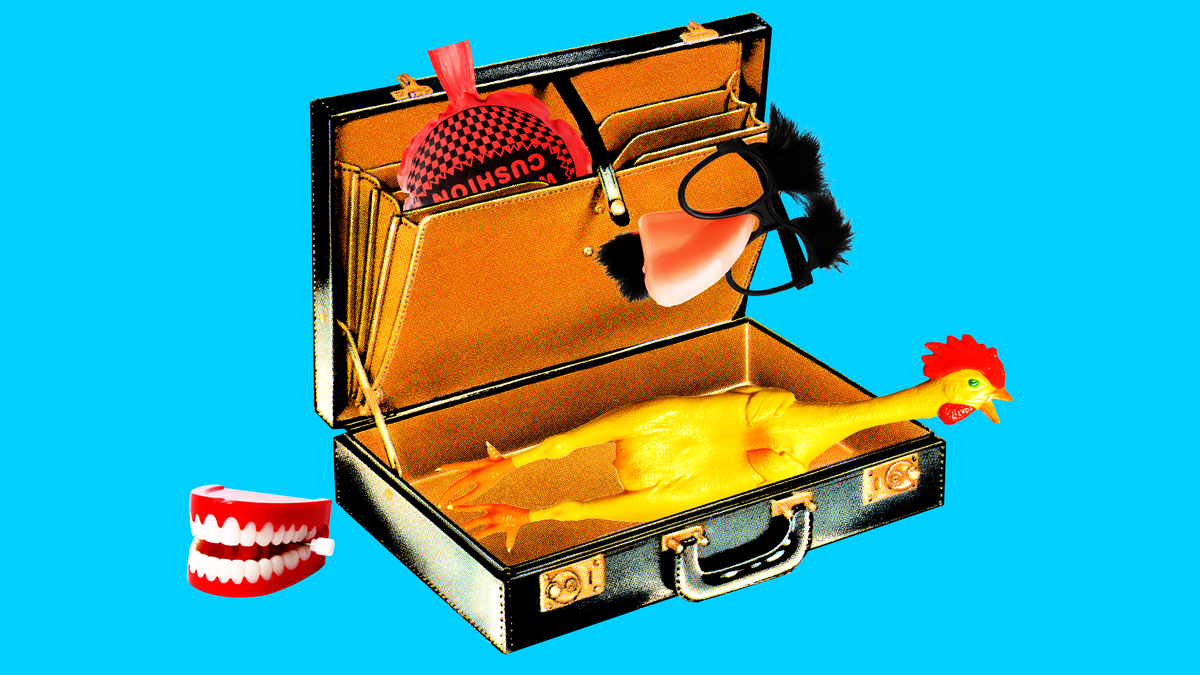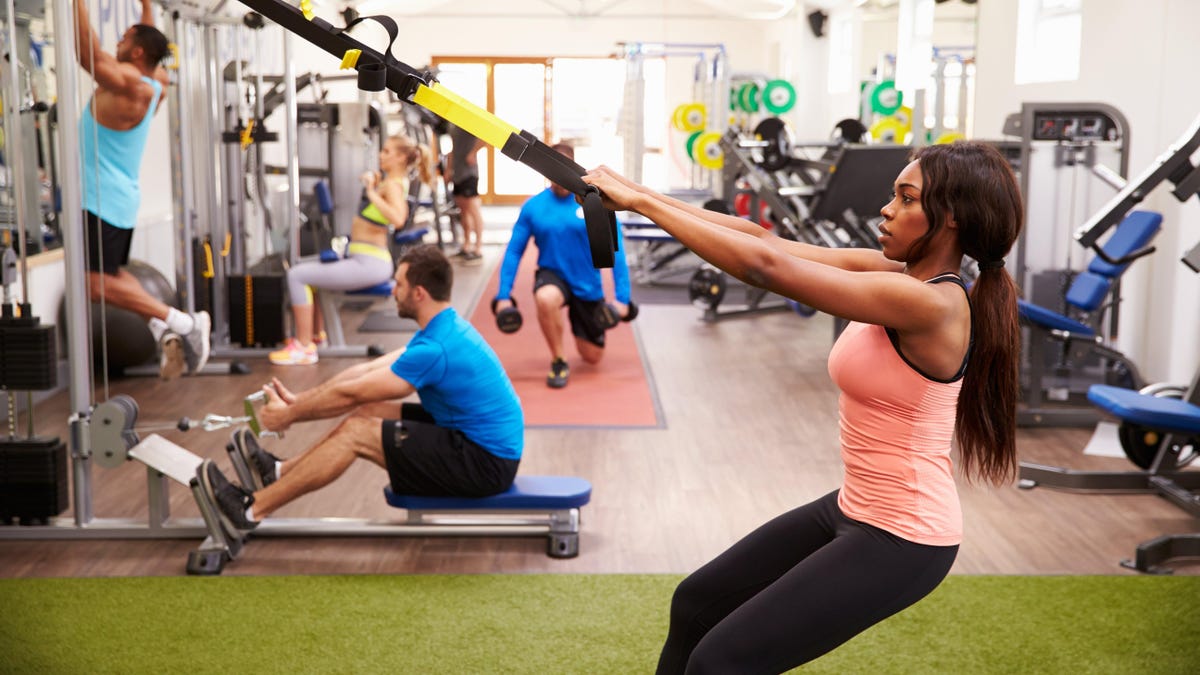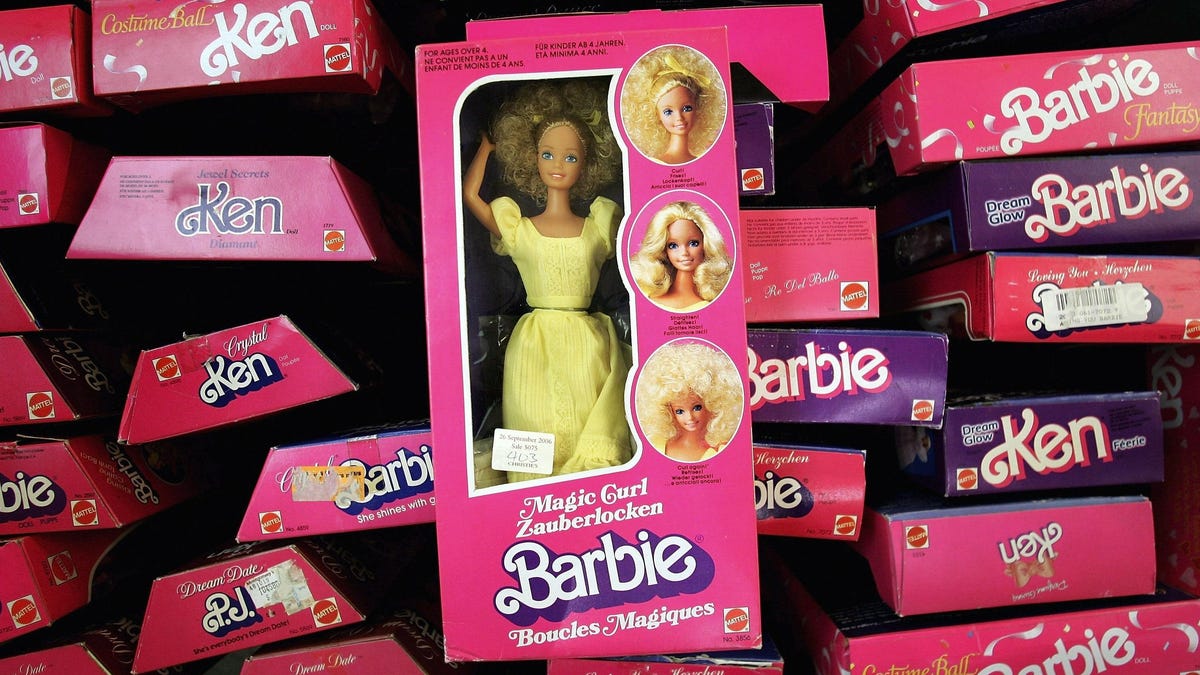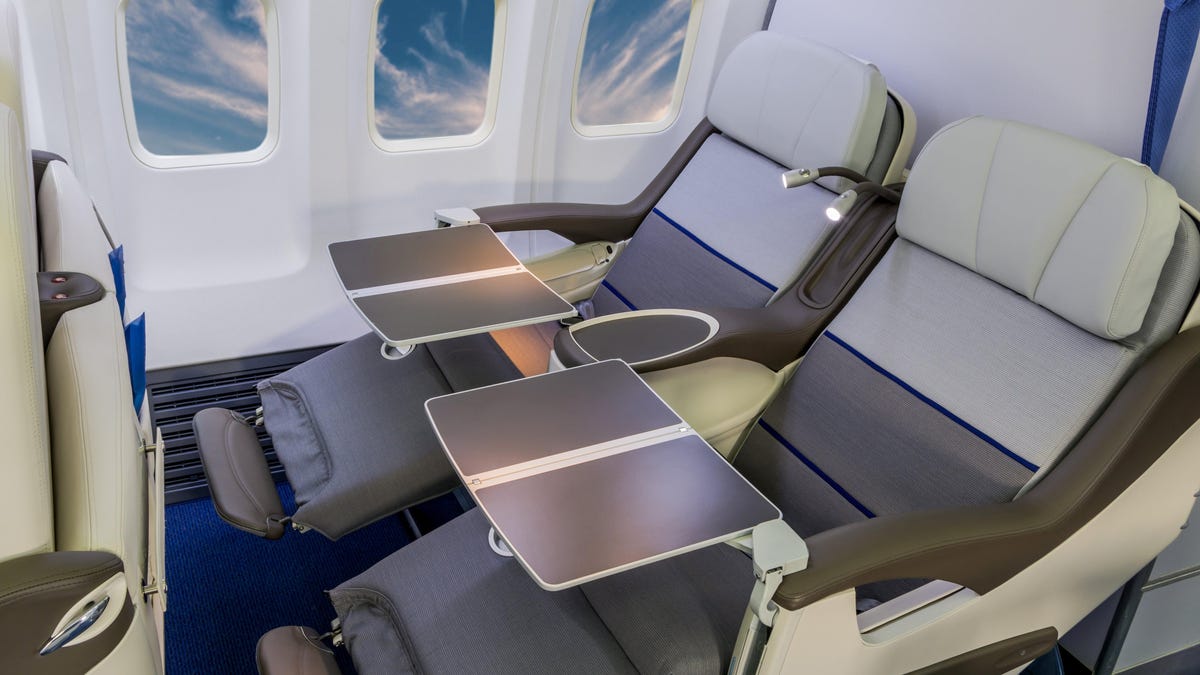Everything to Consider When Buying a Food Processor
Food processors can make quick work out of both big projects and everyday meal prep. Consider these things when shopping for your next one.

We may earn a commission from links on this page.

Credit: Bob Al-Greene; klyaksun, StudioPhotoDFlorez/Shutterstock.com
Your kitchen should have the right tools. Welcome to A Guide to Gearing Up Your Kitchen, a series where I help you outfit the space with all the small appliances you need (and ditch the ones you don’t).
Food processors are versatile machines that’ll help you go from irregular chopped almonds to the smoothest almond butter your aunt in Portland has ever seen. Somewhere along the line, you decided it could be a good idea to buy one, and you’ve landed in my part of the internet. Well, you’re correct—it is a good idea to buy one. However, not just any ol’ food chopper will do. You deserve the best appliance for your kitchen, so consider these things before you set out to purchase.
How a food processor works
Let’s go over the basics briefly. Every food processor has four parts: a base that houses the motor and controls, a container, lid with feed tube, and blades. The controls tell the motor how fast to spin the blades, and depending on which blades you loaded, the food will be chopped, puréed, kneaded, sliced, or grated to your liking. This is where you can start your journey. Any gadget or appliance can (and should) do at least one thing really well. That makes it worth it. But when it has many useful functions, you can’t imagine life without it. A food processor can do what you need now, but its range of functionality will inspire an exciting food journey later.
Check out the functions

Credit: Candice Bell / Shutterstock.com
Speeds
Even the most bare bones food processor has a single-state high speed and a pulse function. The single speed is best for purèeing or quickly chopping a small amount of ingredients, and the pulse function is better for evenly chopping a large quantity of ingredients or kneading dough.
More sophisticated (and more expensive) food processors will offer more speeds, like low and medium, or the buttons might be named by the cut.
Cuts
The different cutting capabilities depend on the blade you fit into the machine. As you shop around, think about what you want the blades to do. Do you need the occasional shredding assistant? Maybe you’re bracing yourself for the incoming summer pie orders. If you don’t know when you’ll use it, that’s OK, just consider a more all-purpose model.
The S-blade. This is the blade I reach for the most frequently. It fits inside of the food container, and is in charge of chopping—from large cuts down to mincing and purèeing. Some machines might include an S-blade made of plastic. Unlike the metal one, it’s quite dull because it’s meant for mixing batters or kneading dough.
The disks. Most food processors will also come with at least one two-sided disk—one side for shredding and the other for slicing vegetables thinly, like a mandoline. This blade is circular and fits over the top of the container, but under the lid. After you fit the lid securely on top, you can turn on the machine and the disk blade spins. As you cram food down the feed tube and apply consistent pressure, the food will run across the shredder or slicer at speed, and you’ll have a container full of perfectly cut veg. The fancier machines will have adjustable thickness slicing disks. If you see yourself making scalloped potatoes this week and taro chips the next, you’ll love this feature.
Consider the space
As with most kitchen appliances, you must consider size. It might seem extreme, but I always break out my measuring tape and write down what dimensions I need. This is especially useful if you have a tiny kitchen, or you already have a million appliances. I store my food processor in a low cabinet, so I also had to measure the cabinet space it would live in. When you’re shopping around, look at how the machine breaks down into parts. The bowl will always separate from the base, so you can store them disconnected if you have to. Don’t forget the accessories; those need a place to live too.
Capacity counts
It sure won’t make your meal prep easier if you have to keep emptying the container after chopping every half-onion. Make sure the container is big enough for your projects. Food processors can range from 1.5-cup choppers all the way up to 16-cup behemoths. Chances are, you fall somewhere in between. Keep in mind that you’ll never fill a food processor’s container up all the way. The blades need to reach all of the food for even chopping, and you need the height of the container to account for how food can ride up the side when the machine is running.
If you’re on the fence between two close container sizes, like a 10-cup or 12-cup, I’ll always tell you to opt for the larger one if you can. Of course, be realistic. If you’re only ever making two cups of onion dip, you don't need a 12-cup machine. Then you’ll run into a different problem—not enough material for the blades to pick up.
There’s a food processor for every kitchen, small, medium, and large:
KitchenAid 3.5-cup Food Chopper
Ninja Professional 9-cup Food Processor
Breville 16-cup Sous Chef Food Processor
Unsurprisingly, container capacity is closely related to dimensional size. While the base of a certain brand model will likely remain the same, the height of the container might be taller or shorter depending on the capacity. If you have a tiny cupboard, you may need to sacrifice a bit of container space.
Additional accessories

Credit: gcafotografia / Shutterstock.com
If you thought the dream ended with “adjustable thickness slicing disks,” think again, fellow gear nerds. Where there’s a high-powered spinning machine, there will be many slightly unnecessary toys. (Hey, if they’re necessary to you, that’s all that matters.)
Breville has a dicing kit with multiple blades, so your food processor can peel your potatoes and then make perfect cube cuts. (Potato salad anyone?) Cuisinart has a handy spiralizing attachment set for all your zoodles. You can even buy a second container with a continuous feed chute so you don’t have to pause your massive slicing jobs. If you’re a person who falls hard for add-ons, consider a brand that offers a lot of range with slicing accessories, like Cuisinart or Breville.
Accessories and attachments that can expand your processor’s range:
Breville Dicing Kit with holder
Cuisinart Spiral Accessory Kit
Cuisinart Continuous Feed Attachment
Once you unpack your new machine, prepare to enter a limitless world of recipe opportunities. You can make 2-ingredient watermelon sherbet, billowing whipped cream in seconds, batters, doughs, or some damn good dips. It’s a wild place, but I think you’ll like it.

 ValVades
ValVades 































